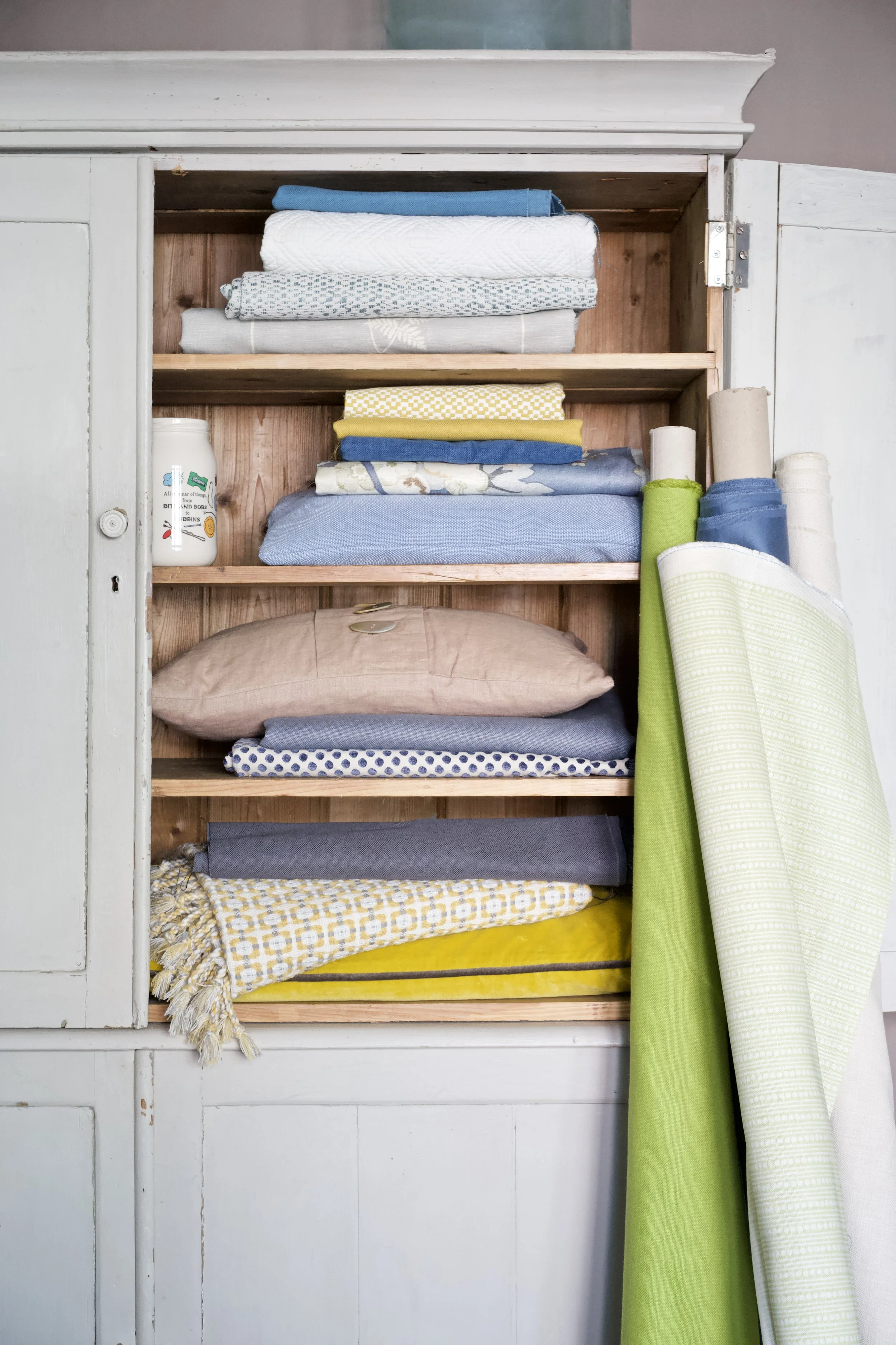The unglamorous side of interiors
At Willow and Bert we’re all for punchy wallpapers and a statement lampshade (or three), but the real magic of interior design? It happens in the quiet details—the kind that no one sees in a photo but absolutely everyone feels when they live in the space.
So, welcome to The Unglamorous Side of Interiors. It’s all about the practical questions we ask at the very start of a project—before the mood boards, before the paint charts—to ensure your home doesn’t just look beautiful, but works beautifully too. Whether you’re planning a full renovation or just dreaming of future projects, this is one to bookmark.
let’s start with storge
Storage might not be the most exciting part of designing a home—but it’s absolutely one of the most important. Your cupboards, corners and hiding spots should quietly serve your everyday life.
Before we so much as glance at joinery sketches, we want to know: how do you shop? If you’re a bulk-buyer or a weekend batch-cook, we’ll need to factor in larder space, extra fridge storage, or perhaps a discreet freezer in the garage.
Got seasonal kit like skis, decorations, or camping gear? Where does that live for most of the year? Do you collect anything you’d like on display—or would you rather keep it safely tucked away? And where, exactly, are the suitcases going?
Then there are the essentials: linen storage, cleaning supplies, and utility cupboards that don’t make you want to shut the door and run. The goal is to make your storage feel like part of the design, not a design compromise.
Designing for pets (yes, really)
Our clients are often surprised at how many questions we ask about their pets—but the reality is, your dog or cat (or iguana) has a daily routine just like you do.
We’ll ask where they sleep, where they eat, and how much stuff they come with. Do you need a boot room for muddy walkies? An extra freezer drawer for raw food? A discreet spot for the litter tray? These are the details that make a home feel tailored—because they are.
The real life test
One of our favourite parts of the design process is getting to know how you really live—because it’s often not how you think you live.
Are you a shoes-off household, and do the boots pile up by the back door? Do you drink tea in the kitchen or wander into the living room with it? Where do your keys and post go when you come in the door? Where do you relax in the evening, and what do you do—TV, music, yoga, reading?
And then there’s the laundry. Not glamorous, but oh-so necessary. We need to know how (and where) you dry, fold and iron. Hobbies matter too—whether you’re a puzzler, gamer, crafter or cellist, your passions deserve a dedicated corner.
Think of it as detective work for daily life. Where do the bags go? Who works from home and needs proper kit? Is there enough space to charge everyone’s tech without a tangle of wires? Where, honestly, do you want the Christmas tree? (We’ve learned never to assume.)
And now, the bones
Finally, we look under the bonnet. How easy is your home to maintain? Do you want surfaces that wipe clean in seconds, or are you happy with a bit of patina and character? Do you have children or pets—or both—and need finishes that stand up to the daily hustle?
We’ll ask about allergies, attitudes to plastics, preferences for natural materials, and where all your recycling ends up. We’ll look at the state of your utilities, whether you’ve got medical equipment to consider, and if your garden shed needs to work harder.
These aren’t throwaway details—they’re the quiet undercurrent of a home that just feels right.
why it matters
So why do we ask all this? Because great design isn’t just beautiful—it’s clever. It listens to your life and responds in ways that make everything easier, more joyful, and yes, occasionally a bit magical.
Deep dives like this aren’t us being nosy (promise!). They’re how we make sure your home is working with you, not against you.
So if you're planning a renovation, working with a designer, or just fantasising about a better laundry setup—bookmark this article. Refer back to it. Because thinking about how you live now is the best way to design for how you want to live next.
Until next time,
Chloe




